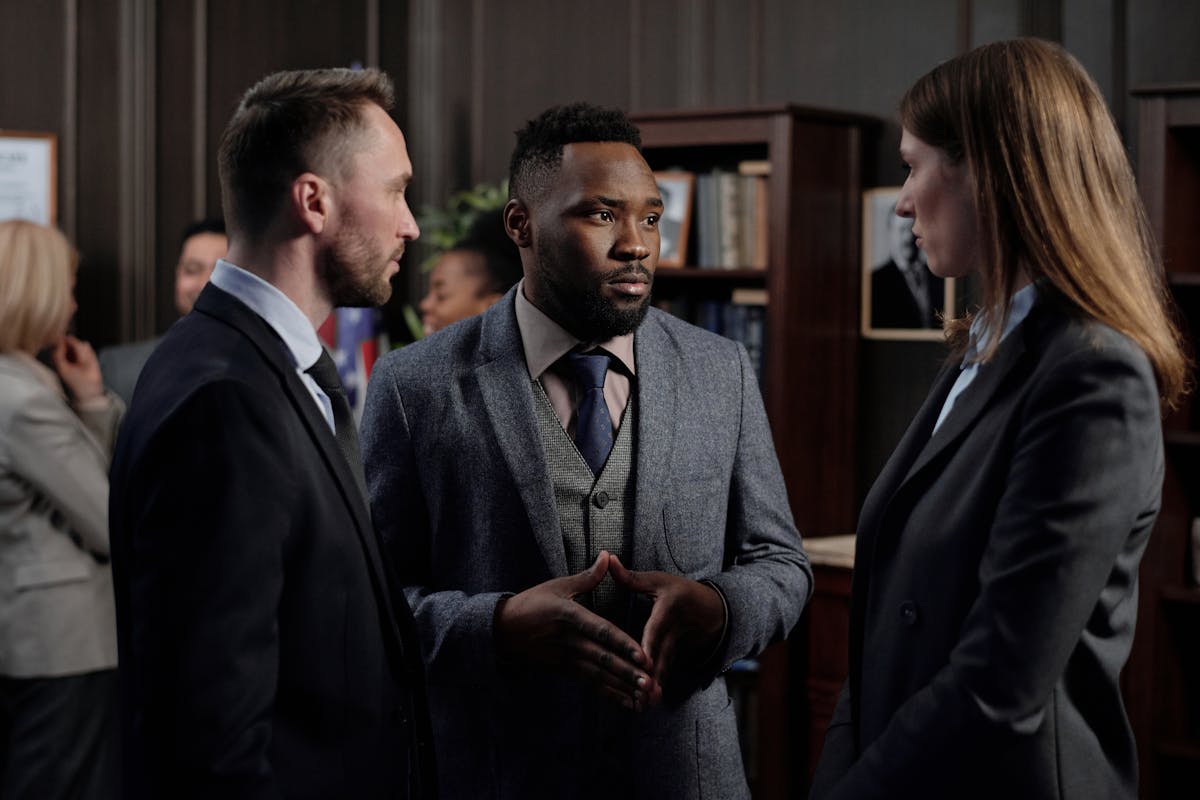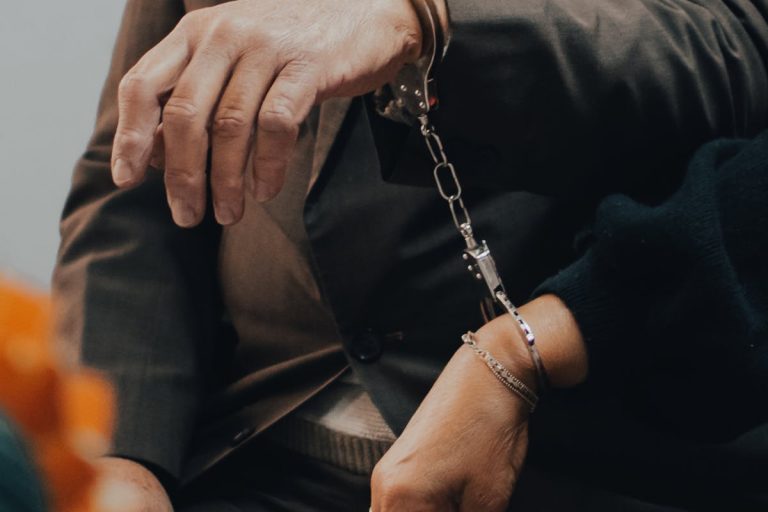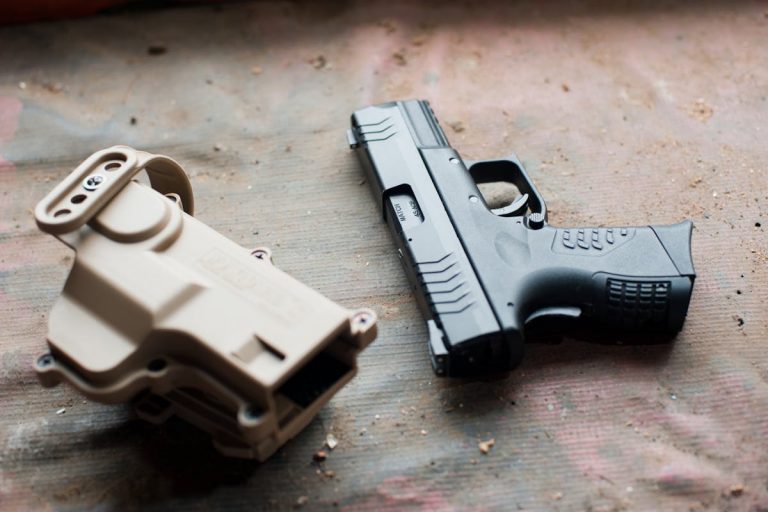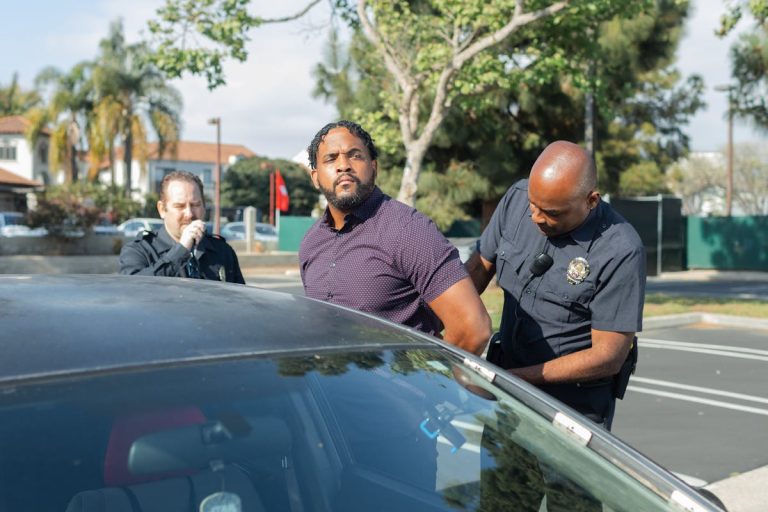Maneuvering through the intricate labyrinth of ‘He Said, She Said’ cases, the defense strategy often grapples with striking a balance between securing credible testimonies and consolidating solid evidence. The crux of the matter rests on how effectively inconsistencies can be detected and cross-examinations managed. Additionally, the incorporation of technology, expert analysis, and managing public perception also play pivotal roles in developing a robust defense. Consequently, the question arises: how can these factors be most effectively leveraged to secure a favorable outcome?
Understanding ‘He Said, She Said’ Cases
While it might seem challenging, understanding ‘He Said, She Said’ cases is essential in the domain of defense strategy. These cases, often characterized by contrasting testimonies, necessitate a thorough credibility assessment of each party involved. The cornerstone of such an assessment lies in meticulous testimony evaluation, scrutinizing not only the details presented but also the manner of their presentation. The credibility assessment further encompasses the consistency of the testimony, both internally and with known facts, as well as the individual’s demeanor and plausibility. Persuasively arguing a ‘He Said, She Said’ case requires an analytical and detailed approach, anchored in both logical reasoning and nuanced understanding of human behavior. As a result, mastering these cases forms a vital part of an effective defense strategy.
Importance of Evidence Gathering
In the complex landscape of ‘He Said, She Said’ cases, the role of evidence gathering emerges as an essential component. It is the backbone of any defense strategy, shaping the narrative and lending credibility to either party’s claim. The variety of evidence types, such as physical, digital, or circumstantial, each carry their weight, and the proper gathering techniques are vital to preserve their integrity. Each type of evidence requires a different method of collection and preservation, often involving specialists. Missteps in this process can lead to evidence being dismissed, weakening the case considerably. As a result, a robust understanding and execution of evidence gathering is paramount in these cases. It can tip the scales of justice, making it indispensable in the pursuit of truth.
Role of Witness Testimonies
Building upon the foundation of evidence gathering, it becomes apparent that witness testimonies hold a significant position in ‘He Said, She Said’ cases. These testimonies can provide corroborating statements which may strengthen a defense or provide an essential detail that shifts the balance of the case. However, the value of these testimonies rests heavily on witness credibility. As a result, when strategizing defense, it is paramount to carefully analyze each testimony for inconsistencies or potential bias. Furthermore, it is imperative to prepare for potential cross-examination, where the credibility of witnesses might be challenged. Fundamentally, a well-corroborated witness testimony, coupled with a credible witness, can become an indispensable tool in ‘He Said, She Said’ cases.
Leveraging Technology for Defense
In the contemporary legal landscape, technology plays an increasingly essential role in defense strategies, particularly in ‘He Said, She Said’ cases. The collection of digital evidence, the investigation of social media activities, and forensic digital analysis can provide a robust, objective framework for these typically subjective disputes. Embracing these technological advancements can dramatically enhance the credibility of defense, offering the possibility of unearthing indisputable facts in otherwise ambiguous situations.
Digital Evidence Collection
While it may seem challenging, leveraging technology for defense in ‘He Said, She Said’ cases has become an essential aspect of an effective strategy. This approach pivots on digital evidence collection, a process that involves meticulous examination and analysis.
- Digital Footprint Analysis: This is the study of a person’s online behavior and activities. It helps in tracking suspicious activities that could prove pivotal in defense.
- Electronic Communication Tracking: This involves monitoring of emails, text messages, and other electronic correspondences.
- Device Forensics: This includes analysis of computers, smartphones, and other devices for potential evidence.
- Data Recovery: If data has been deleted or lost, special tools can be used to recover it, potentially unearthing critical information.
Each of these points highlight the significant role technology plays in defense strategy.
Social Media Investigation
As we navigate further into the domain of digital evidence collection, we cannot overlook the importance of social media investigations in ‘He Said, She Said’ cases. These platforms, where social media trends dictate the norms, serve as valuable repositories of information that can reveal essential insights about an individual’s online reputation and conduct. A thorough social media investigation can shed light on character, behavioural patterns, and potential inconsistencies in testimonies. By leveraging technology, defense teams can filter through vast digital footprints to pinpoint relevant data. However, it is imperative to approach this process ethically and legally, ensuring the right to privacy is not breached. Ultimately, a well-executed social media investigation can strengthen the defense strategy, providing a nuanced perspective that might otherwise remain underexplored.

Forensic Digital Analysis
Forensic digital analysis, an emerging powerhouse in ‘He Said, She Said’ cases, provides a technological edge to defense strategies. This method allows attorneys to leverage technology to guarantee data integrity and establish compelling defense arguments.
- Data Retrieval: Digital forensics can recover deleted or lost data, providing key evidence.
- Timestamp Verification: This process can establish a timeline, an essential element in many disputes.
- Metadata Analysis: Examining data about data can uncover hidden information or patterns.
- Device Cross-Reference: Cross-referencing multiple devices can corroborate or contradict statements.
Through meticulous analysis, attorneys can illuminate the truth, holding weight in court. Consequently, forensic digital analysis is not only a tool for defense but also a cornerstone for justice in ‘He Said, She Said’ cases.
Building a Credible Counter-Argument
Building a credible counter-argument is integral to a robust defense strategy in ‘he said, she said’ cases. To begin with, one must focus on establishing reliable evidence, thereby strengthening the counter-argument’s foundation. Concurrently, an extensive understanding of the opponent’s claims is pivotal, allowing for a cogent rebuttal that can effectively challenge the opposing narrative.
Establishing Reliable Evidence
In the intricate maze of ‘he said, she said’ cases, the establishment of reliable evidence stands as a considerably decisive factor. Drawing upon evidence credibility and testimonial reliability, you can construct a persuasive counter-argument.
- Documentary Evidence: Collect any written or recorded evidence that supports your claim. It might include emails, text messages, or any other document.
- Physical Evidence: Any tangible proof, like photographs or objects, that can corroborate your narrative.
- Testimonial Evidence: Testimonies from credible witnesses can substantially bolster your case. Their reliability, however, is essential.
- Expert Testimony: An expert’s opinion on technical aspects can be instrumental in establishing the truth.
Understanding Opponent’s Claims
While the establishment of reliable evidence forms the bedrock of your defense, a thorough understanding of your opponent’s claims is equally essential in building a credible counter-argument. It’s essential to analyze their motivations, which can shed light on their strategy and provide you with insight to counter their testimony effectively. This involves a detailed review of their claims, scrutinizing their consistency, and the credibility of their sources. A credibility assessment is a significant component of this process. By identifying any discrepancies or weaknesses in their argument, you can formulate a persuasive counter-argument. It’s not merely about refuting their claims, but presenting a more plausible, credible alternative. Understanding your opponent’s position is, consequently, an indispensable part of a successful defense strategy.
The Need for Professional Legal Advice
Given the intricate nature of “He Said, She Said” cases, it is essential to seek professional legal advice. Legal consultation equips one with the necessary information and understanding, while expert advice can shape the defense strategy effectively.
The reasons for this are fourfold: 1. Legal Complexity: These cases often involve nuanced interpretations of law and evidence, which require expert navigation. 2. Experienced Perspective: Professionals provide insights based on their vast experience, potentially foreseeing and countering opponent’s tactics. 3. Strategic Planning: Expert advice can guide the development of a robust defense strategy, avoiding common pitfalls. 4. Peace of Mind: Knowing a professional is handling the legal aspects can reduce stress, allowing focus on personal wellbeing.
Therefore, professional advice in “He Said, She Said” cases is indispensable.
Managing Public Perception and Media
Managing public perception and media influence is another essential aspect to take into account in “He Said, She Said” cases. An effective media strategy is vital in these instances as it helps shape public opinion and can potentially influence the outcome of the case. Careful planning and execution of public relations efforts can dispel misconceptions, present facts objectively, and maintain reputation integrity. It’s critical to control the narrative proactively, providing accurate and timely information. Strategic communication, coupled with a thorough understanding of media dynamics, can alleviate unwarranted public scrutiny and speculation. This approach can influence public opinion positively, mitigating the potential negative impact of these sensitive cases on all parties involved.
Coping Mechanisms for Stress Management
Despite the inherent pressures of handling “He Said, She Said” cases, it is essential to employ effective stress management techniques. By leveraging stress relief mechanisms, you can maintain your cognitive clarity and emotional stability, ensuring that your defense strategy remains undeterred.
- Practicing Mindfulness Techniques: Mindfulness fosters focus and emotional control, which are significant in managing stress. This involves staying present and not allowing past or future uncertainties to breed anxiety.
- Regular Exercise: Regular physical activity is a proven stress reliever. It boosts endorphin production, promoting a positive mood.
- Healthy Eating Habits: A balanced diet contributes to overall wellbeing and stress management by providing the necessary nutrients for brain health.
- Adequate Rest: Ensuring sufficient sleep allows the brain to recover, enhancing cognitive functions and emotional resilience.
Frequently Asked Questions
What Is the Role of a Judge in ‘He Said, She Said’ Cases?
In “he said, she said” cases, a judge’s role is pivotal. Utilizing their discretion, judges evaluate the evidence presented, applying strict evidentiary standards to guarantee a fair trial and uphold the integrity of the justice system.
How Does a Previous Criminal Record Impact a ‘He Said, She Said’ Case?
In ‘he said, she said’ cases, a previous criminal record can greatly impact witness credibility. This may sway the court’s judgement, as the reliability of the individual’s testimony may be questioned due to their past behavior.
Can Personal Bias Affect the Gathering and Interpretation of Evidence?
Yes, personal bias can greatly impact evidence gathering and interpretation. Bias awareness is paramount to guarantee objectivity, as it can inadvertently skew perceptions, leading to potentially flawed conclusions in the investigative and judicial process.
How Can Social Media Influence the Outcome of ‘He Said, She Said’ Cases?
Social media can greatly influence ‘he said, she said’ cases. Evidence retrieved from social media platforms can substantiate claims, while an individual’s online reputation may sway perceptions of credibility, consequently affecting the case’s outcome.
What Are the Potential Penalties if Found Guilty in a ‘He Said, She Said’ Case?
The potential consequences in ‘he said, she said’ cases are significant. Legal ramifications can range from fines to imprisonment, depending on the severity of the alleged offense, the evidence presented, and the jurisdiction’s specific laws.





